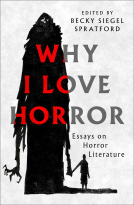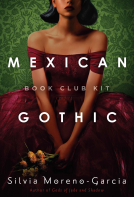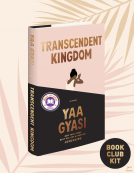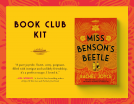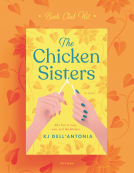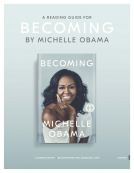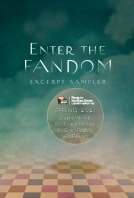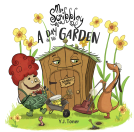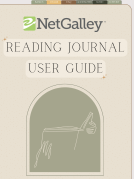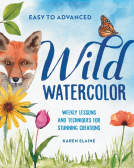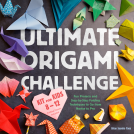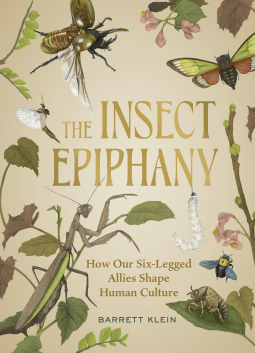
The Insect Epiphany
How Our Six-Legged Allies Shape Human Culture
by Barrett Klein
This title was previously available on NetGalley and is now archived.
Send NetGalley books directly to your Kindle or Kindle app
1
To read on a Kindle or Kindle app, please add kindle@netgalley.com as an approved email address to receive files in your Amazon account. Click here for step-by-step instructions.
2
Also find your Kindle email address within your Amazon account, and enter it here.
Pub Date Oct 15 2024 | Archive Date Oct 15 2024
Talking about this book? Use #TheInsectEpiphany #NetGalley. More hashtag tips!
Description
From entomologist Barrett Klein comes a buzz-worthy exploration of the many ways insects have affected human society, history, and culture
As heard on Science Friday.
Insects surround us. They fuel life on Earth through their roles as pollinators, predators, and prey, but rarely do we consider the outsize influence they have had on our culture and civilization. Their anatomy and habits inform how we live, work, create art, and innovate. Featuring nearly 250 color images—from ancient etchings to avant-garde art, from bug-based meals to haute couture—The Insect Epiphany proves that our world would look very different without insects, not just because they are crucial to our ecosystems, but because they have shaped and inspired so many aspects of what makes us human.
Available Editions
| EDITION | Other Format |
| ISBN | 9781643261362 |
| PRICE | $35.00 (USD) |
| PAGES | 368 |
Available on NetGalley
Average rating from 23 members
Readers who liked this book also liked:
We Are Bookish
General Fiction (Adult), Mystery & Thrillers
Silvia Moreno-Garcia
Historical Fiction, Literary Fiction, Sci Fi & Fantasy
Rachel Joyce
Historical Fiction, Literary Fiction, Women's Fiction
Publishers Lunch
General Fiction (Adult), Nonfiction (Adult), Teens & YA
Brian Soonho Yoon
Children's Nonfiction, Crafts & Hobbies

